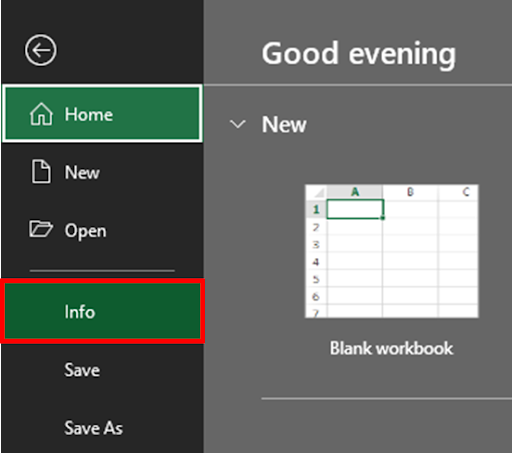Binding Paperwork for Virginia Court of Appeals: A Guide

In the labyrinthine world of legal processes, submitting paperwork correctly to the Virginia Court of Appeals is not just a formality—it's a critical step towards achieving the outcomes you desire in your case. This guide will provide an in-depth walkthrough on how to bind and prepare your paperwork, ensuring your documents are not only compliant but also presented in a professional and acceptable manner. Let's dive into the binding guidelines, filing processes, and other essential considerations that will keep your legal journey on track.
Understanding the Need for Proper Document Preparation
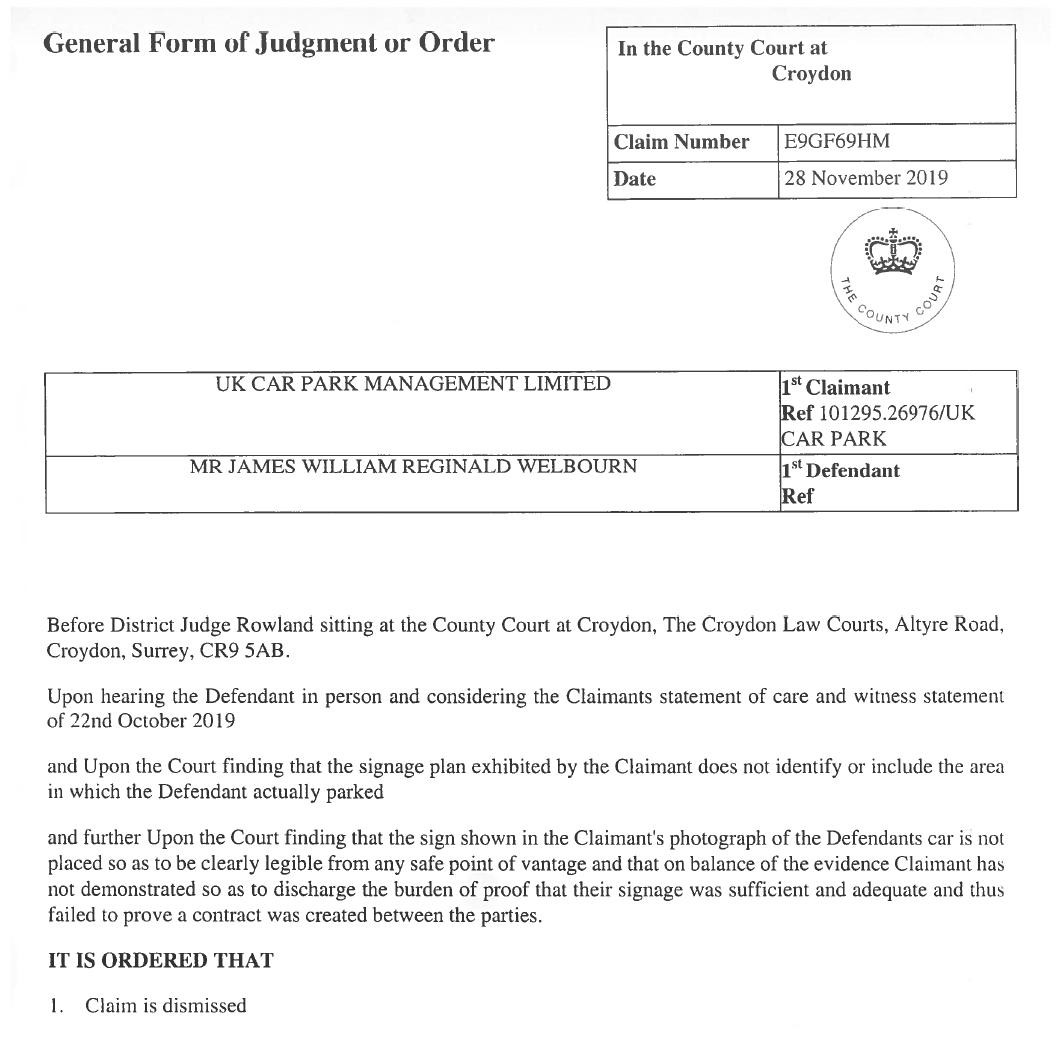
When appealing a case, the Virginia Court of Appeals demands strict adherence to specific presentation standards. This attention to detail is not merely about aesthetics; it ensures that justices can review your documents efficiently. Here's why getting it right is crucial:
- Efficiency: Judges have numerous cases to review. A well-prepared document set is more likely to be thoroughly examined.
- Professionalism: Demonstrating professionalism can influence how your case is perceived from the outset.
- Accuracy: Properly binding documents reduces the chance of missing pages or disorganization, ensuring all necessary information is present.
Step-by-Step Binding Process
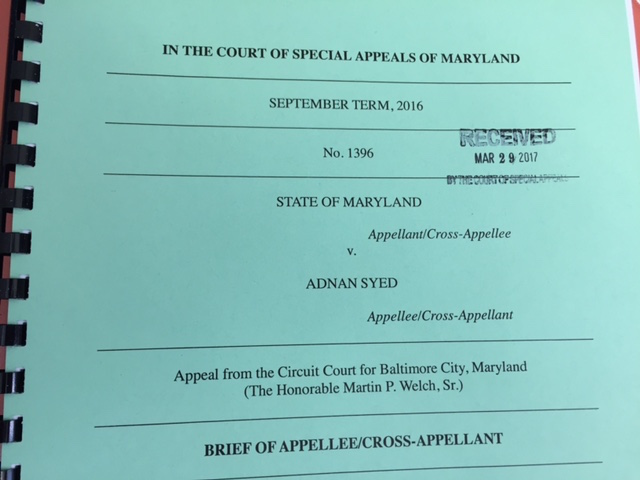
Follow these steps to bind your paperwork for the Virginia Court of Appeals:
1. Gather All Required Documents
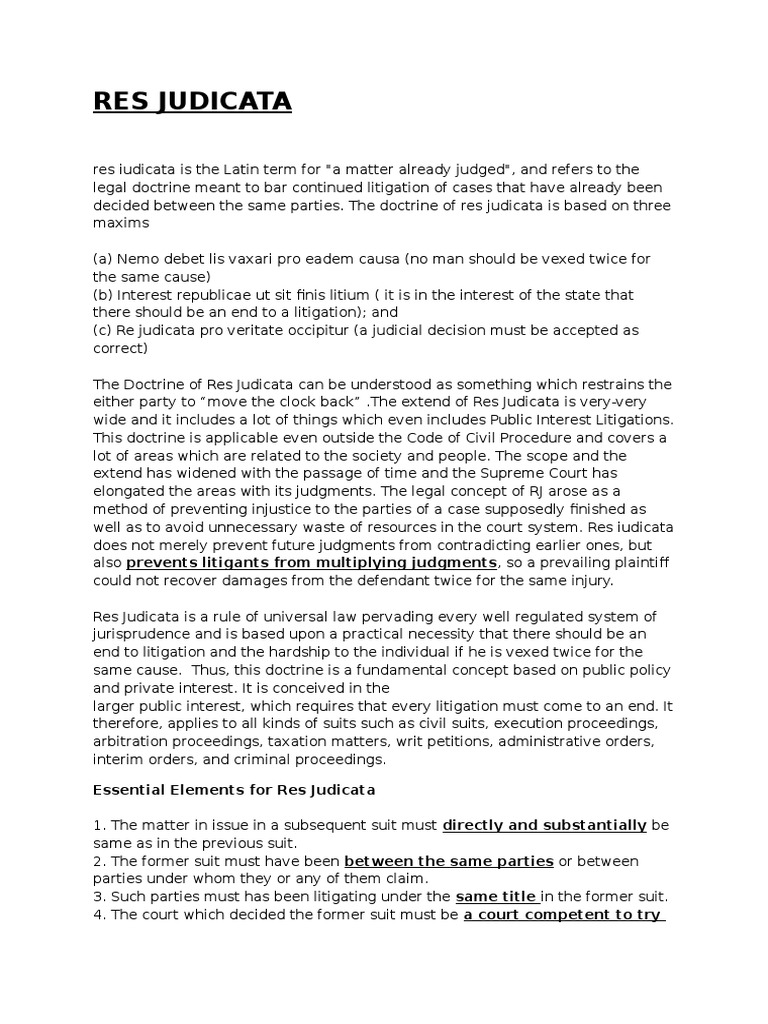
Before binding, ensure you have all the documents required by the court:
- Briefs, which include the opening brief, reply brief (if applicable), and appendices.
- Transcripts, if necessary for your appeal.
- Petitions for appeal, if not previously filed electronically.
- Any other documents mandated by the court’s rules.
2. Organize Documents
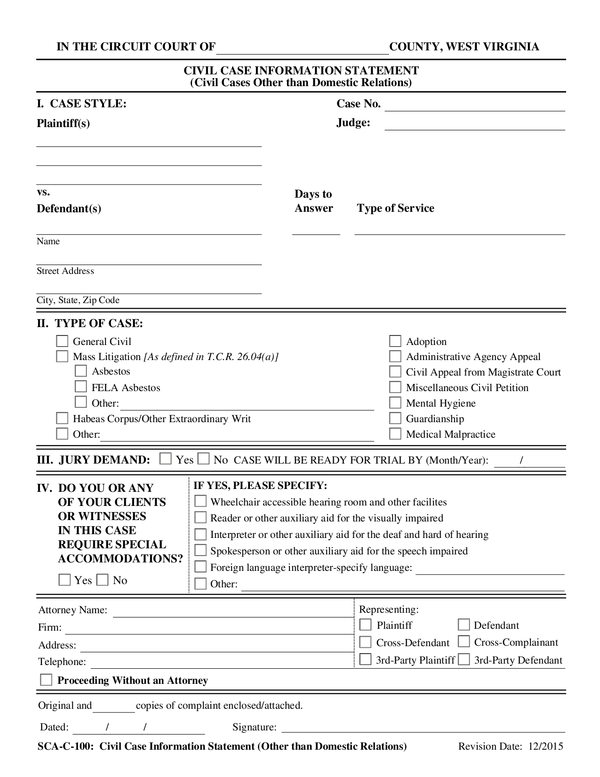
Organize your documents in a logical sequence:
- Front cover
- Table of contents
- Briefs (including index pages if applicable)
- Appendices
- Back cover
3. Format and Copy Documents

Here are the key points for formatting:
- Set all documents to a clear, readable font like Times New Roman or Arial.
- Ensure that text is double-spaced, unless otherwise specified by court rules.
- All documents should be numbered sequentially, including the cover and back pages.
- Copy your documents onto good quality, white, 8 ½ x 11-inch paper.
4. Choose the Correct Binding Method

The Virginia Court of Appeals recommends:
- Spiral binding for smaller documents (up to 50 pages).
- 3-ring binders for longer documents.
- Avoid using staples, paper clips, or adhesive binding as they can damage documents or fail.
5. Prepare the Cover Page

The cover page should include:
- Case name, docket number, and type of pleading.
- Names of the attorneys for both parties.
- Date of filing.
- A statement indicating the number of copies being filed.
6. Binding Process
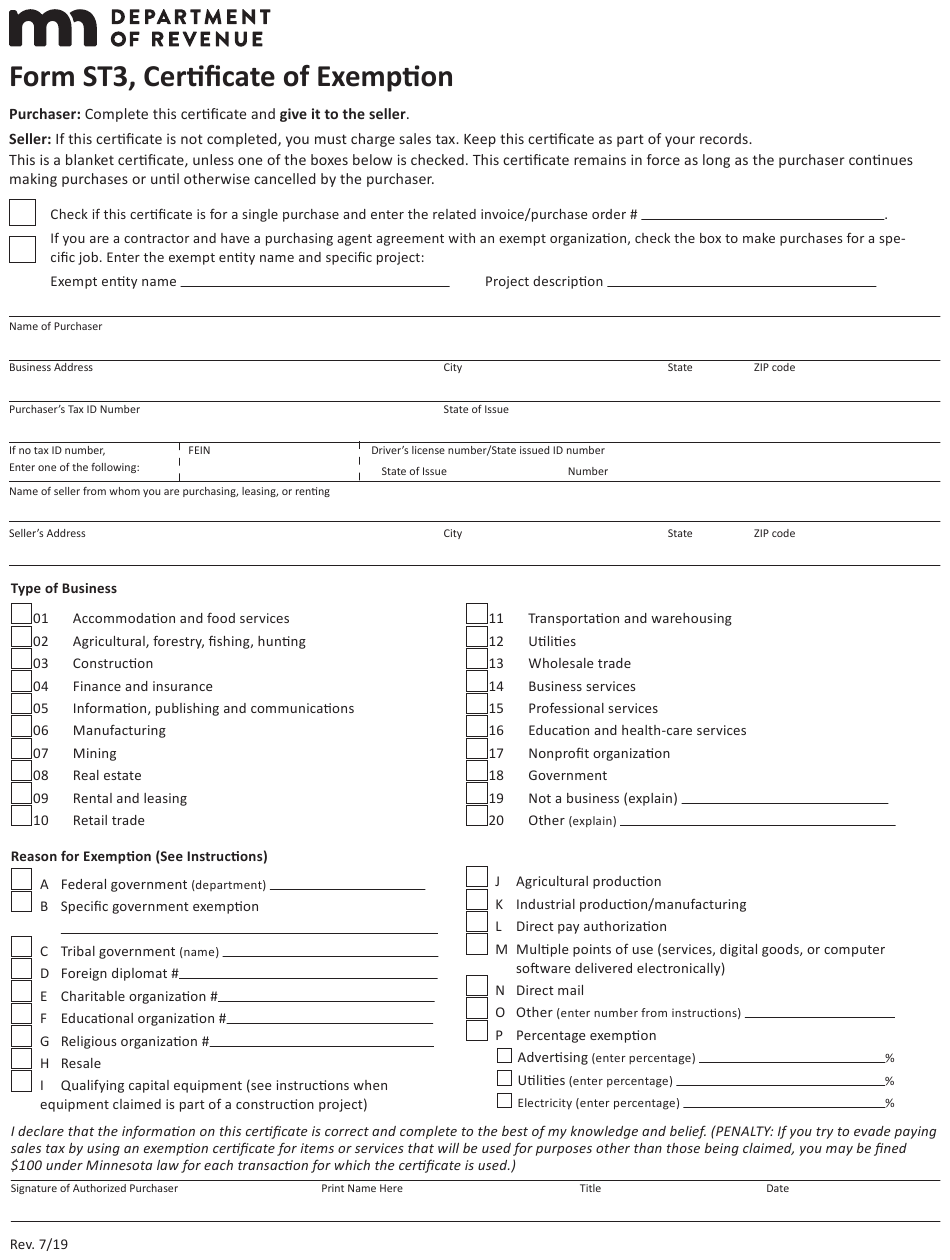
After formatting and preparing your documents:
- Align and collate your documents in the order you’ve organized.
- Secure the documents using the appropriate binding method. For spiral binding, ensure the pages are punched correctly to allow for easy flipping. For binders, include a cover page on the outside and ensure the rings are closed securely.
7. Certification

After binding, certify that:
- The documents are true copies of what is on file.
- The pages are numbered consecutively.
- Include a certification page at the end of the bound document.
📝 Note: Ensure the certification statement is signed by the attorney or a responsible party involved in the preparation of the document.
8. Filing and Service

After binding, follow these steps:
- File the bound documents with the court, adhering to any electronic filing requirements if applicable.
- Serve the bound documents to the opposing party or their counsel. Note that electronic service may be allowed if previously agreed upon or ordered by the court.
📝 Note: Adhere to court deadlines, as late filings can result in the dismissal of your appeal or other adverse actions.
Additional Considerations
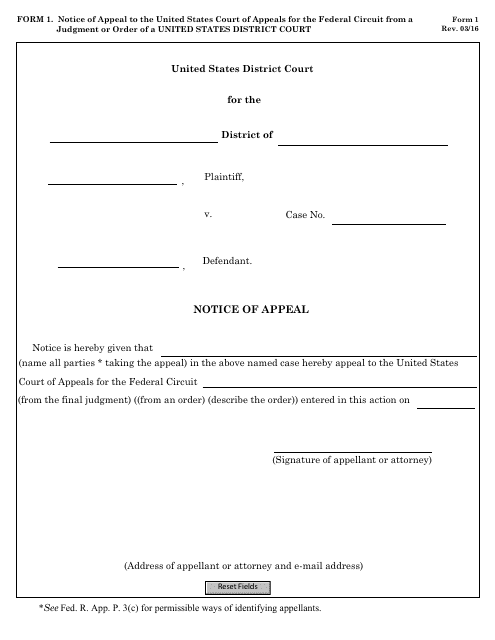
While the binding process is paramount, there are other elements to consider:
- Page Limitation: Check court rules for page limits. Requests for exceeding these limits should be made in advance.
- Proofreading: Ensure all documents are free from typographical errors and omissions.
- Exhibits: If your documents include exhibits, ensure they are legible, properly marked, and indexed in an appendix.
- Electronic Filing: Verify if your jurisdiction allows for electronic filing of certain documents and adhere to those rules if applicable.
In the process of preparing legal documents for the Virginia Court of Appeals, meticulous attention to detail not only ensures compliance but can also reflect positively on your professionalism and the strength of your case. By following these guidelines and making use of the provided HTML formatting, your appeal's documentation will be neatly organized, accurately indexed, and properly bound, setting a strong foundation for your appeal. Remember, the clarity, accessibility, and appearance of your documents can contribute significantly to the outcome of your appeal, as judges review hundreds of cases. A well-prepared document set helps your case stand out for the right reasons, making the judge's job more straightforward, which could subtly influence their perception.
Can I use any color paper for my appeal documents?

+
It’s recommended to use white, 8 ½ x 11-inch paper for all legal documents submitted to the Virginia Court of Appeals.
What should I do if my document exceeds the page limit?

+
Before exceeding page limits, you should file a motion with the court to seek approval. Be concise and explain the necessity for additional pages.
How do I handle electronic filing if I’ve already bound my documents?
+
If electronic filing is required or allowed, prepare separate electronic copies that comply with the court’s rules for electronic documents, including converting paper documents to searchable PDFs if necessary.

